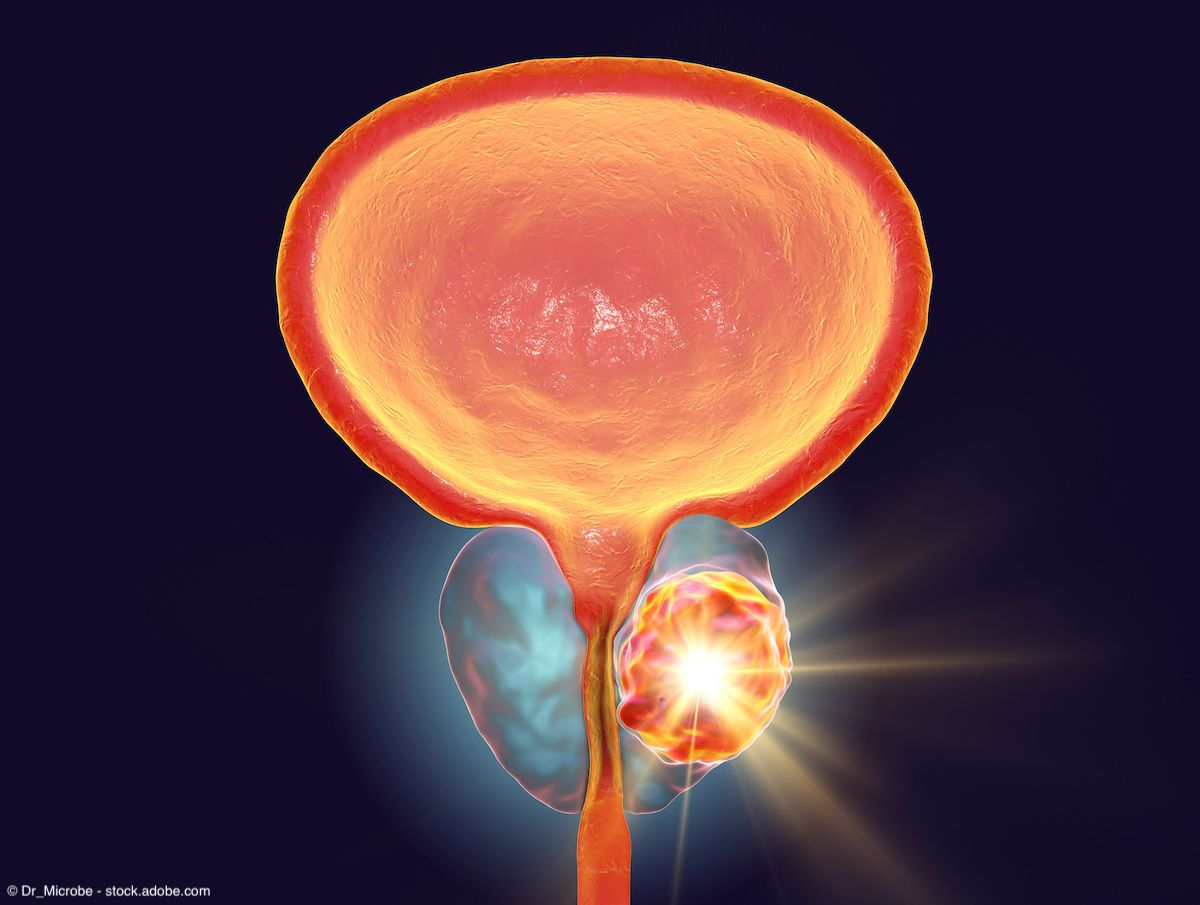Opinion
Video
Investigators evaluate effects of SBRT adoption in prostate cancer
Author(s):
"The number of treatment centers that are offering stereotactic body radiation [grew] over the course of the study," says Michael Stencel, DO.
In this video, Michael Stencel, DO, describes the background and notable findings from the Urology paper, “Stereotactic Body Radiation Adoption Impacts Prostate Cancer Treatment Patterns.” Stencel is a urologist with Charleston Area Medical Center in Charleston, West Virginia.
Transcription:
Please describe the background for this study.
Prostate cancer treatment has changed significantly over time. The past 10 or 20 years has seen a lot of advancements, [and] has seen a lot of changes in the way that we treat prostate cancer, from the advent of the robotic system and the radical prostatectomy to advances in radiation, from conformal therapy to intensity-modulated treatment, and now stereotactic body radiation, which is the focus of this study. [We looked at] how the adoption of SBRT, or stereotactic body radiation, has changed over time, and how these changes essentially affect the way that prostate cancer is treated overall.
What were some of the notable findings? Were any of them surprising to you and your coauthors?
There were a lot of findings that that took us by surprise, frankly. The number of treatment centers that are offering stereotactic body radiation [grew] over the course of the study. During the beginning year of the study, in 2007, there were about 11 centers that offered stereotactic body radiation. That grew to 44 at the end of the study. There was a significant increase in the number of patients that received SBRT as primary treatment for their prostate cancer, and then looking at other treatments that we also observed, active surveillance was increasing over that time, which isn't necessarily as surprising as that's been widely published, but also the patients who receive SBRT are different than the patients who do not receive SBRT.
This transcription was edited for clarity.

















